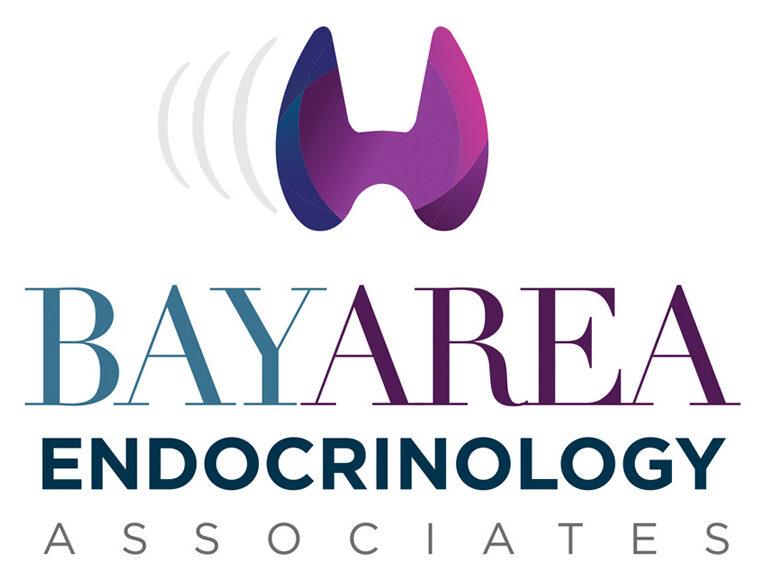[vc_row type=”in_container” full_screen_row_position=”middle” column_margin=”default” column_direction=”default” column_direction_tablet=”default” column_direction_phone=”default” scene_position=”center” text_color=”dark” text_align=”left” row_border_radius=”none” row_border_radius_applies=”bg” overlay_strength=”0.3″ gradient_direction=”left_to_right” shape_divider_position=”bottom” bg_image_animation=”none”][vc_column column_padding=”no-extra-padding” column_padding_tablet=”inherit” column_padding_phone=”inherit” column_padding_position=”all” background_color_opacity=”1″ background_hover_color_opacity=”1″ column_shadow=”none” column_border_radius=”none” column_link_target=”_self” gradient_direction=”left_to_right” overlay_strength=”0.3″ width=”1/1″ tablet_width_inherit=”default” tablet_text_alignment=”default” phone_text_alignment=”default” column_border_width=”none” column_border_style=”solid” bg_image_animation=”none”][nectar_slider location=”Hypercalcemia” full_width=”true” overall_style=”classic” desktop_swipe=”true” parallax=”true” bg_animation=”none” slider_transition=”slide” caption_transition=”fade_in_from_bottom” image_loading=”default” heading_tag=”default” button_sizing=”regular” slider_height=”600″][/vc_column][/vc_row][vc_row type=”in_container” full_screen_row_position=”middle” column_margin=”default” column_direction=”default” column_direction_tablet=”default” column_direction_phone=”default” scene_position=”center” text_color=”dark” text_align=”left” row_border_radius=”none” row_border_radius_applies=”bg” overlay_strength=”0.3″ gradient_direction=”left_to_right” shape_divider_position=”bottom” bg_image_animation=”none”][vc_column column_padding=”no-extra-padding” column_padding_tablet=”inherit” column_padding_phone=”inherit” column_padding_position=”all” background_color_opacity=”1″ background_hover_color_opacity=”1″ column_shadow=”none” column_border_radius=”none” column_link_target=”_self” gradient_direction=”left_to_right” overlay_strength=”0.3″ width=”1/1″ tablet_width_inherit=”default” tablet_text_alignment=”default” phone_text_alignment=”default” column_border_width=”none” column_border_style=”solid” bg_image_animation=”none”][divider line_type=”No Line”][heading]All You Need to Know About Thyroid Ultrasound[/heading][vc_column_text]Thyroid ultrasounds are a simple, pain-free way of scanning the thyroid gland to determine if anything is wrong with it. However, in some cases, they can also give you much more valuable information, like estimating your chances of getting pregnant and detecting certain gland cancers. You must have a proper benchmark for what your gland looks like so that any abnormalities can be spotted earlier. Still, it will also provide peace of mind knowing that the ultrasound will be safe and noninvasive.
1. Uses for an Ultrasound
The thyroid is located in the neck and comprises a series of small bean-shaped glands with lobes inside them. The most prominent lobe, the nodule, can be seen on ultrasound. Ultrasounds are used to detect the presence and size of gland nodules (abnormal areas) and other abnormalities such as cysts and cancer.
⦁ To Confirm the Presence of a Nodule When Physical Examination is Equivocal
When a patient has signs and symptoms like difficulty breathing due to shortness of breath, what appears to be a lump in the neck, and so forth, but no noticeable lump can be felt during a physical examination, she will be scheduled for a gland ultrasound.
A favorable result depends on the technician’s mastery and the ultrasound machine’s quality. This test is noninvasive, harmless (unless contrast agents are used), readily available, and inexpensive.
⦁ To Characterize the Gland Nodule(s)
The gland is a small organ that contains two lobes. Ultrasonography permits the direct visualization of the glands and their lobes. It allows accurate assessment of the internal configuration, size, vascularization, and acellularity (the presence of only one cell type). Two types of structures may be found:
1) Follicular – the dominant type that is present in about 80% of patients and consists of a random aggregation of follicles with central colloid; and
2) Nodular – seen in 10-15% and comprises aggregates with a definite structure. The nodules are considered pathologic when greater than 5 mm in diameter.
⦁ To Evaluate Diffuse Changes in Gland Parenchyma
Diffuse nodular goiter is a benign or atypical form of goiter. It occurs when the organs within the become enlarged and can be hard to find and evaluate since it does not block out standard gland imaging. The ultrasound scan can detect these changes and rule out other causes of hyperthyroidism, such as excessive bone calcium buildup (e.g., Paget’s disease).
⦁ Detecting Post-operative Residual or Recurrent Tumor in Gland Bed or Metastases to Neck Lymph Nodes
During surgery for a gland mass, the surgeon may not be aware of specific lesions in the throat. The doctors must determine whether there is any remaining tumor at discharge. Abnormal gland tissue may be present in the neck lymph nodes, causing a false negative on regular scanning or suspicious findings during a physical examination.
⦁ To Guide Diagnostic (FNA cytology/biopsy) and Therapeutic Interventional Procedures
The ultrasound can guide diagnostic needle aspiration procedures to determine the nature of any abnormality detected in the gland. It can give information on the size of the nodule, its location, and whether malignancy is present. It is also used to guide biopsy procedures.
2. Who Can Have an Ultrasound?
An ultrasound can be conducted at almost every healthcare facility, including hospitals and doctor’s offices. However, you should see your doctor if you are pregnant or over 45 or have other health problems that might interfere with the test.
3. How to Do a Gland Ultrasound
The first thing that needs to be done is that a throat swab needs to be taken using the doctor’s finger or an instrument such as an alcohol swab. Some states may require local anesthesia or a sedative to make you comfortable. Then, the doctor at our practice will place a small probe on your neck just below your ear and perform the ultrasound on the images displayed on the computer monitor.
4. What Does a Thyroid-Ultrasound Process Show You?
Your physician will use a transducer (a device that sends out ultrasound waves) and computer technology to create images of your gland. This test aims to view the structures inside your gland and detect any abnormalities that may be present.
The doctor will check for abnormalities in the size and shape of your gland. He will probably take several pictures at different angles and from different angles looking for lymph node areas near your gland or cysts on any part of your neck that he can see through his scope.
5. Is a Thyroid Ultrasound Process Painful?
The ultrasound is almost painless and can be done right in the office. It takes only a short moment, and you will not feel any pressure or discomfort during the test. The physician may ask you to hold your breath or swallow to help him better understand what he sees. Since it is just a visual examination, you will not need to use any contrast agents or sedatives.
6. Benefits of the Process
Many individuals do not think that a gland ultrasound is a necessary test, but it can be highly beneficial if you have any of the following conditions:
You have symptoms that indicate a gland problem, such as a nodule, swollen lymph nodes in your neck, discomfort in breathing, difficulty swallowing, or neck pain. (You should discuss the pros and cons with your doctor before having this test done.)
You have children that may be at risk for cysts or cancer. Your physician may recommend a scan for them to be done before they reach puberty.
You have enlarged gland nodules that are causing neck pain or difficulty swallowing. Since it can be difficult to tell the difference between an enlarged gland and an enlarged lymph node, a scan can help your doctor determine which. It can detect any abnormal disease in your gland that periodic blood tests, x-rays, or CT scans may not have yet seen.
7. Who Should Not Have an Ultrasound?
There is no absolute contraindication for a gland ultrasound. However, patients with other health problems may need to be screened for complications before the procedure. In some cases, you should talk to your physician about the following:
⦁ Pregnancy
The scan may not be performed if you are pregnant or plan on it because of the radiation exposure.
⦁ Mental disorders
It would help if you did not have a gland ultrasound for schizophrenia, manic-depressive illness, or other psychoactive illness. Your physician may not find that the test is worth taking if you take psychiatric drugs because of the risk of problems with your gland function.
⦁ Diabetes
If you have diabetes, your blood sugar must be regulated first before undergoing any tests that involve radiation exposure. If you take hypoglycemic drugs, your doctor will probably advise against the test.
Bay Area Endocrinology Associates Tampa, FL, are experts at diagnosing and treating a wide range of thyroid conditions. We use ultrasounds to provide the information you need to learn about your condition so that you can get your questions answered and make the best possible choices about treatment options. Call Bay Area Endocrinology Associates Tampa, FL, today for an appointment or learn more about thyroid conditions on one of our thyroid conditions pages.[/vc_column_text][/vc_column][/vc_row]








